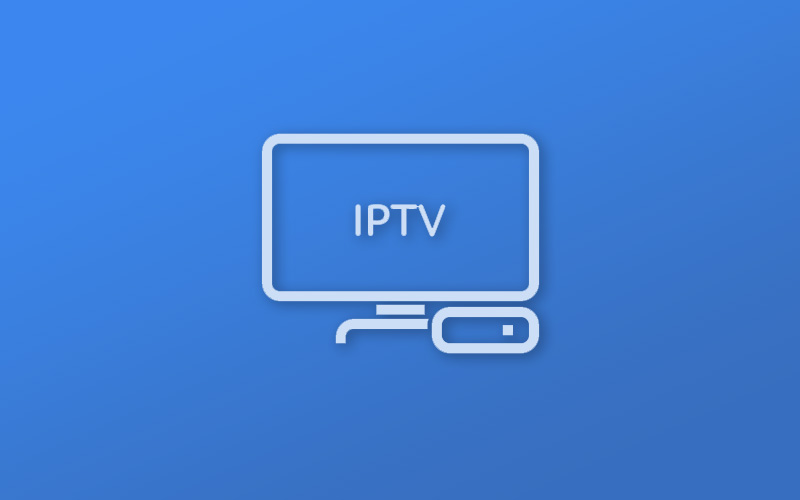Streaming your favorite show or movie is extremely common in today’s world. Long gone are days when primetime entertainment was restricted to our TV sets. Gaming consoles, computers, and smartphones offer a wide range of entertainment options such as Hulu, Netflix, etc.
If you are new to the digital media landscape, you might not know about IPTV. In recent times, the use of IPTV is increasing rapidly as new providers are emerging. But what does IPTV mean? How does it work? Don’t worry we have all the answers you need.
In this post, we have talked about IPTV in detail.
What is IPTV?
Internet Protocol Television (IPTV) is a service providing television programming through internet protocol instead of satellite signals. This service is offered by a service provider enabling you to watch on-demand content or live TV.
IPTV is slightly different from streaming sites like Netflix, YouTube TV, and Hulu. It is not like the traditional satellite connection. You can watch IPTV on multiple devices with one single subscription.
A special thing about the service is that it offers convenience. You can watch any program you want, whenever and wherever you want. For instance, you are waiting for your doctor’s appointment. You can watch a live TV show there thanks to IPTV.
How is IPTV Different From Traditional Cable TV?
To understand how IPTV works, you have to know how it is different from satellite or cable TV. We all know if you want to watch TV using cable or satellite, you will have to tune in to a channel. Cable uses a wired connection while the satellite uses a wireless connection.
On the other hand, IPTV utilizes an Internet Protocol (IP) based network for sending channels to the set-top box of the users.
Types of IPTV Services
The functionality of IPTV is not limited to just classic TV. There are different services offered by IPTV. Some of the common ones are:
Near Video on Demand (nVoD)
It is a pay-per-view service for multiple subscribers. You must know that the broadcasting content is scheduled in advance. The users can check the schedule and watch their favorite show.
Video on Demand (VoD)
As the name suggests, the subscriber can watch whatever they want from the media library of the server.
Tv on Demand (TVoD)
In this, certain shows are recorded for users to watch whenever they can.
Time-Shifted TV
It is a great way to watch live shows whenever it is convenient for them. They can even reverse and replay a show.
How Does it Work?
By now, it is clear that IPTV delivers content over a dedicated network or via the internet. It offers services to IP enabled phone, tablet, computer, or laptop. Also, it can easily be used as a video on demand. An excellent thing about this network is that it gives operators more control over various things like video traffic reliability, uptime, and quality of service.
In the IPTV service, one program is sent to the residence that they select. When the user switches the channel, a new stream is delivered to the user. Moreover, you will need a set-top box to use IPTV. Currently, IPTV features IP multicasting along with Real-Time Streaming Protocol (RTSP) for on-demand channels and Internet Group Management Protocol (IGMP).
To sum it up, IPTV is the future of television since it is an advanced way of broadcasting. It is a great way to watch your favorite shows whenever you want and wherever you want. With IPTV, you can record your shows and watch it later, or you can watch channels on your smartphone.
FAQs
No, there is a difference. Cable TV enables you to see a channel that is within its signal, whereas IPTV allows you to watch any channel over the internet.
Internet Protocol Television is a service that lets you see television programming via the internet.
As long as your service provider pays for the broadcast rights, streaming broadcast content is legal. However, there is no law that prohibits the streaming of content.
Well, if you don’t have a TV that is equipped for IPTV, you will need a set-top box. You can even use your computer to watch IPTV on your TV. All you have to do is mirror the screen to your TV.

